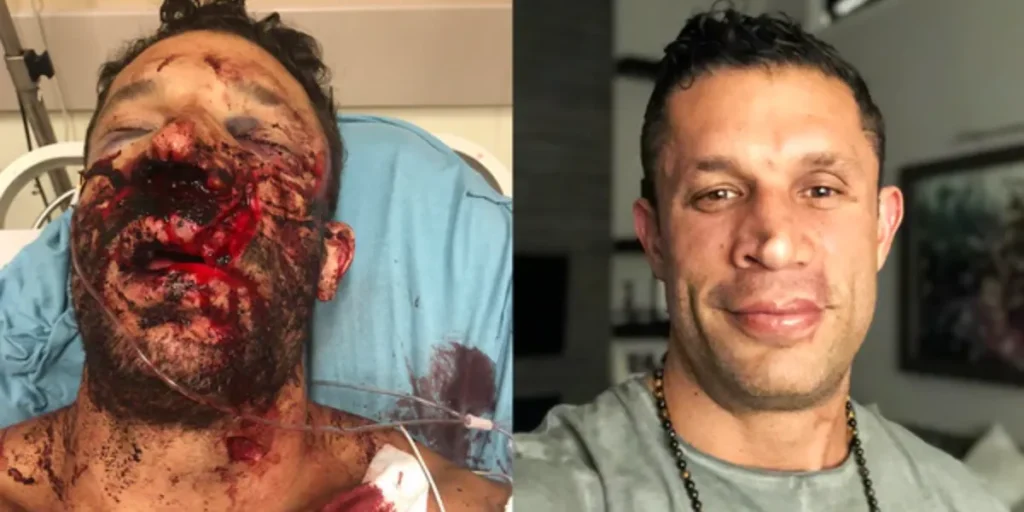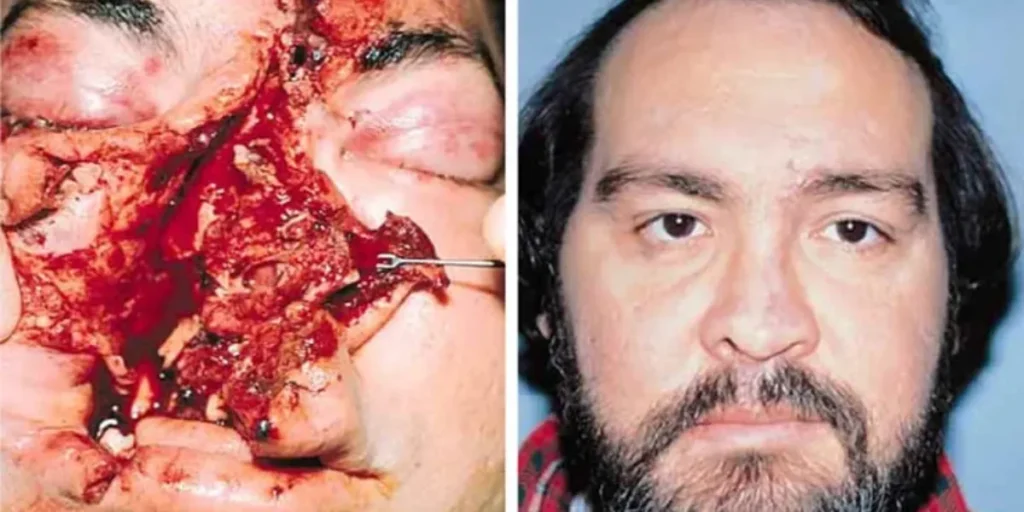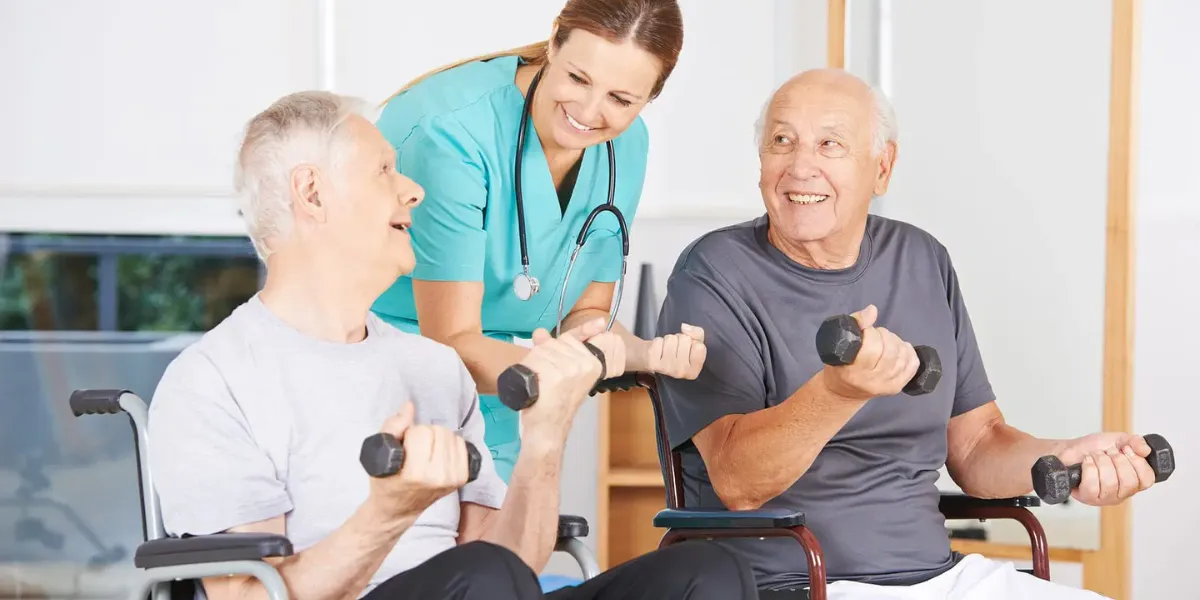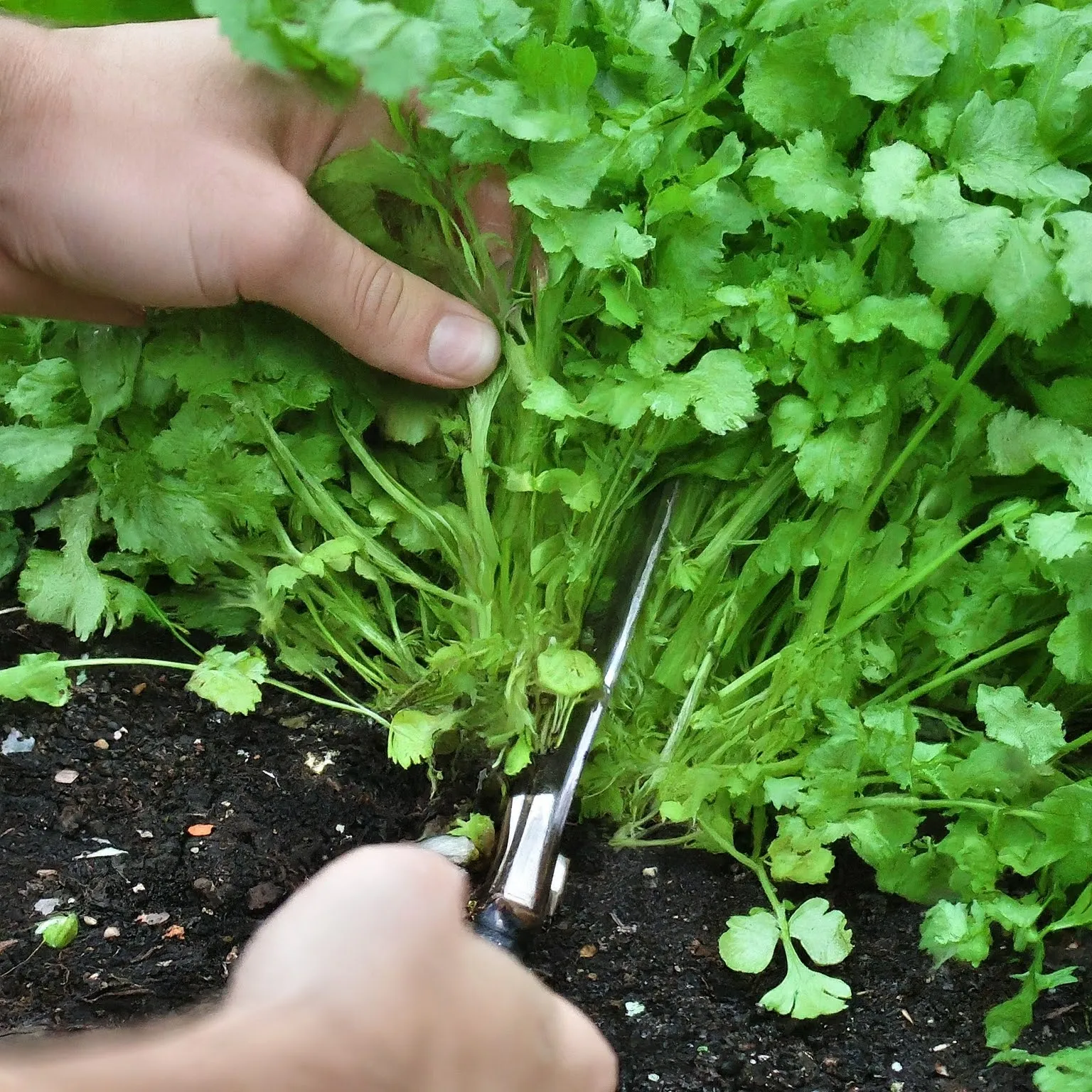Table of Contents
ToggleIntroduction
The term “degloved face picture” may sound disturbing, and rightly so. It refers to a serious and often traumatic injury where the skin and tissue of the face are forcefully torn away from the underlying structures, resulting in a ghastly and life-altering condition. In this article, we delve into the causes, prevention, treatment, and importance of raising awareness about degloved face injuries.
What Causes Degloved Face Injuries?
Degloving injuries to the face can occur due to various reasons, including:
- Motor vehicle accidents
- Industrial accidents
- Falls from heights
- Sports-related injuries
- Animal attacks
These incidents can exert extreme force on the facial tissues, leading to the detachment of the skin from the underlying muscles, bones, and nerves.
Understanding the Severity of Degloved Face Injuries
Degloved face injuries are categorized into partial and complete degloving, depending on the extent of tissue loss and damage. Here’s a comparison:
| Partial Degloving | Complete Degloving |
|---|---|
| Partial detachment of facial skin | Complete detachment of facial skin and tissue |
| Typically involves smaller areas of the face | Involves extensive facial disfigurement |
| May retain some degree of sensation and function | Often results in loss of sensation and function |
Prevention Strategies
While some accidents leading to face injuries are unpredictable, there are preventive measures that individuals can take to minimize the risk:
- Wear appropriate protective gear, such as helmets and face shields, during high-risk activities like riding motorcycles or participating in contact sports.
- Follow safety protocols and procedures in workplaces where machinery or hazardous materials are present.
- Exercise caution when working at heights or in areas with slippery surfaces to prevent falls.
Treatment Options for Degloved Face Injuries
The treatment of face injuries often involves a multidisciplinary approach and may include:
- Emergency Care: Immediate medical attention is crucial to stabilize the patient and control bleeding.
- Surgical Intervention: Reconstructive surgery is typically required to repair the damaged tissues and restore facial aesthetics and function.
- Skin Grafts: Skin grafting may be performed to cover exposed areas of the face and promote wound healing.
- Physical Therapy: Rehabilitation exercises can help improve facial muscle strength and mobility post-surgery.
FAQs about Degloved Face Injuries
Q: Can degloved face injuries be fatal? A: While face injuries are not always fatal, they can result in severe complications and long-term disability if not promptly treated.
Q: Is it possible to fully recover from a degloved face injury? A: The extent of recovery depends on various factors, including the severity of the injury, the effectiveness of treatment, and individual healing capabilities. While significant improvements are often achievable, complete restoration of pre-injury appearance and function may not always be possible.
Q: How can I support someone recovering from a degloved face injury? A: Offer emotional support, assist with daily activities as needed, and encourage them to adhere to their treatment plan and attend follow-up appointments with healthcare providers.
Degloved face injuries are devastating and can have profound physical, emotional, and psychological effects on individuals. By understanding the causes, implementing preventive measures, and promoting timely treatment, we can work towards reducing the incidence and impact of these traumatic injuries. It is essential to raise awareness about degloved face injuries and advocate for improved safety measures in various settings to prevent such tragedies from occurring.

Raising Awareness
Raising awareness about degloved face injuries is crucial for several reasons:
- Prevention: Educating individuals about the potential risks and consequences of degloving injuries can encourage them to take appropriate precautions in their daily activities and work environments.
- Early Recognition: Increasing awareness among healthcare professionals can lead to early recognition and prompt treatment of degloved face injuries, which can significantly improve patient outcomes and reduce the risk of complications.
- Support: By raising awareness, we can foster a more supportive and understanding community for individuals who have experienced degloved face injuries. This can help reduce stigma and provide a network of support during the recovery process.
- Advocacy: Awareness initiatives can also drive advocacy efforts aimed at improving safety regulations and standards in various industries, ultimately reducing the incidence of degloved face injuries through better workplace practices and equipment.
Conclusion
Degloved face injuries are devastating and often life-altering events that require prompt medical attention and comprehensive treatment. By understanding the causes, implementing preventive measures, and raising awareness, we can work towards reducing the incidence and impact of these traumatic injuries. Individuals, communities, and industries need to prioritize safety and take proactive steps to prevent degloved face injuries whenever possible. Together, we can make a difference in preserving the health, well-being, and quality of life of those affected by these serious injuries.













